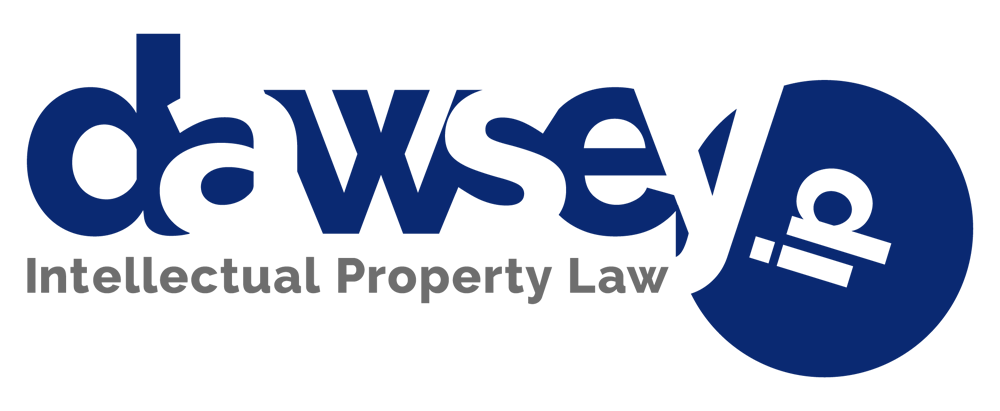On August 29th David was honored to be a guest on the nationally syndicated The Small Business Advocate® radio show.
On August 29th David was honored to be a guest on the nationally syndicated The Small Business Advocate® radio show. Jim Blasingame and David discussed small business intellectual property issues, common IP myths, and how small business owners should learn IP language so as to avoid killing their credibility. Use the players below to listen.
A few of the intellectual property myths that we discuss include:
Myth #1. IP protection is something that only needs consideration when launching a new product or service. Actually, intellectual property strategy, different from simple IP management, and must go hand-in-hand with your business strategy. Small business owners must be willing to learn about intellectual property, the IP of their competitors, and chart a desired course. In a non-strategic mindset, IP management may not go beyond docketing information about patents, trademarks, and copyrights to make sure that no deadlines are missed. In a strategic mindset, IP management includes forecasting key intellectual property issues and assets that will be the key to a company’s success.
Myth #2. Believing you will be able to sell your business without having to answer many pointed questions about your IP, what you have done to protect it, as well as your competitors’ IP and how it relates to your products and services. With very few exceptions, a potential investor or acquirer will rightly ask many questions regarding your IP; and coming up with responses for the first time on-the-fly is a recipe for disaster.
Myth #3. Believing a “standard” form somehow equates to a “fair” distribution of the risk. At least 9 out of 10 times a “standard” agreement is written to benefit the party that drafted it, and shifts risk to the other party (you). Your hair should stand-up anytime someone says “I will send over our standard ____ agreement.” Everything is negotiable, and often times you are better off walking away from a situation rather than putting the future of your business at risk due to a “standard” agreement.
Myth #4. Our company only uses old technology so I don’t have to worry about patents. Old technology may still infringe a patent . All too often companies are caught totally off guard when they get sued for patent infringement. I often hear – “how can they have a patent on that,” “they should never have been granted a patent,” and “that patent is invalid.” A little upfront patent clearance research can often payback tenfold by avoiding such situations.
Myth #5. I never copy others’ products so I don’t infringe patents. Knowledge is not an element of patent infringement. A patent can be infringed without knowledge of the patent or of the patented product. One does not have to prove knowledge or copying to succeed in a patent infringement action.
Myth #6. Most of my products are only improvements on existing technology so patents are not available to me. You do not need a major breakthrough to obtain a patent. Most patented inventions are improvements on existing technology.
Myth #7. A patent gives me the right to do what is stated in my patent. Actually, a patent is a right to prevent or exclude someone else from manufacturing, licensing, selling, importing or using the device or method covered by the claims of a patent. A patent does not give the patent owner the right to do what is claimed in the patent. A patented invention may still infringe patents owned by others.
Myth #8. I have a provisional patent. Actually, there is no such thing as a provisional PATENT, only provisional APPLICATIONS. Provisional applications serve as placeholders giving you the option of filing a real application (aka a nonprovisional application) within 12 months.
Myth #9. Patents are easy to avoid. Sure, some patents are easy to avoid, however some are very difficult to avoid. Each situation has to be taken on a case by case basis. In general, if the invention that has been patented is a big improvement over what has gone before then the patent is more likely to provide broad protection than if the invention is only an incremental improvement. Bear in mind that there is no such thing as a “10% rule for patent infringement.” Patent infringement is arrived at by interpreting the granted patent’s claims and determining whether or not an allegedly infringing product, or method, falls within the claims. There’s no mathematical formula or percentage of similarity for determining patent infringement or avoidance of a patent.
David is an experienced small business intellectual property attorney that routinely crafts intellectual property strategies that allows small companies to protect their inventions and brands.
